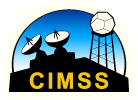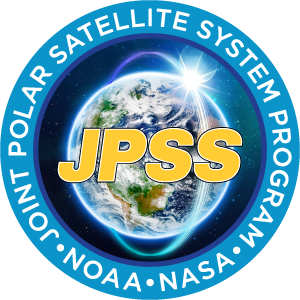« Back to "Hurricane Lorenzo - September 27-30"
Hurricane Lorenzo from morning of 28 September 2019
Posted: September 28, 2019
Lorenzo's tilt has grown this morning. AMSR2 imagery at 0505 UTC showed a 20 n mi displacement between the low- and mid-level centers of the hurricane, a consequence of persistent westerly wind shear. Satellite-based intensity estimates vary greatly, from 77 to 110 kt, so the intensity is set to 100 kt as a compromise of all available data. Despite the decrease in Lorenzo's maximum winds during the past 24 hours, earlier ASCAT-C data showed that its hurricane-force wind field has expanded, and now reaches up to 45 n mi to the northeast of the center.
This tilt could be seen by using the 89Ghz and 26.8Ghz brightness temperatures, shown below
If you look at the images and do a calculation of the distance between where the circulations are located, you come up with just about the same distance as the forecaster (David Zelinsky) came up with. This is one feature that is worth looking into in order to interpret the structure of a storm away from ground based radar. Also worth noting is the channel 16 (88.2Ghz) ATMS imagery from NOAA-20 also showed a similar structure as the 89.0GHz from AMSR2, though there were some slight rotational differences between the two.
Lorenzo has been moving north-northwest with an expected turn to the north today, followed by a turn toward the north-northeast on Sunday along with continued weakening. Currently there are no immediate impacts to the United States, but the remnants could be affecting Britain and Europe by Friday.



